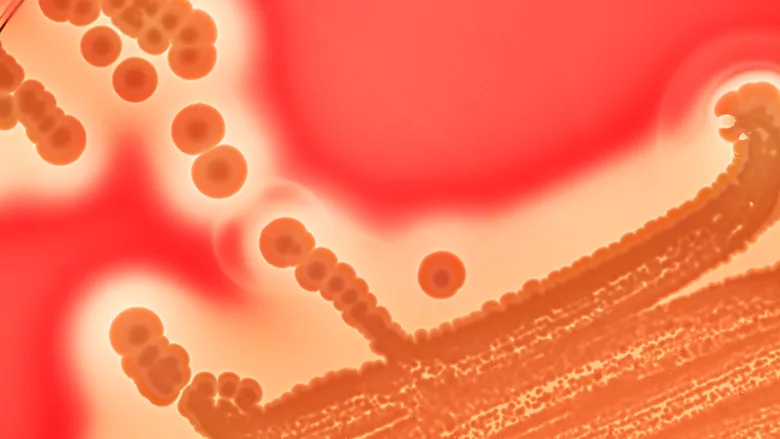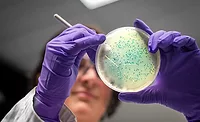First Study of S. argenteus in Food Processing

Credit: Ksass/E+ via Getty Images
Staphylococcus argenteus is a novel species of Staphylococcus aureus that is known to cause various human illnesses, including staphylococcal food poisoning. In an effort to understand the source of bacterial contamination in food poisoning cases, a recent study measured the prevalence of S. argenteus among Japan’s retail fresh food and poultry slaughterhouses.
Researchers from Osaka Prefecture University utilized polymerase chain reaction and whole genome sequencing (WGS) to identify bacterial genetic material in vegetables, fish, chicken, beef, and pork from retail stores. Among the 642 food samples examined, S. argenteus was found in only 13.9 percent (21 of 151) of chicken samples; no evidence of S. argenteus was found in pork, fish, beef, or vegetable samples. The researchers conducted multiple-locus sequence typing on the 21 identified isolates, which revealed four sequence types and 14 subtypes. All isolates of S. argenteus showed susceptibility to the antibiotic methicillin, and none of the isolates tested positive for the Panton-Valentine leukocidin gene, which is a toxin produced by certain types of S. aureus that can kill white blood cells and cause soft-tissue infections.
The study also included samples from two poultry slaughterhouses. The samples were subjected to WGS and polymerase chain reaction. S. argenteus was found in only one of the slaughterhouses, where 14 strains were successfully isolated from the chiller water, swabs of knife handles and cutting boards, and chicken carcasses. Of the 14 strains, 13 were classified with the same type and subtype. Additionally, the number of single-nucleotide variants detected on the core genomes of the 13 isolates suggest that a single S. argenteus strain has persisted over a long period of time inside the slaughterhouse.
One isolate from the retail chicken meat was also genetically linked with the same lineage of slaughterhouse isolates. Additionally, one slaughterhouse isolate from the chiller water and three retail chicken meat isolates were classified into the same cluster by phylogenetic analysis.
The study’s findings suggest that the slaughterhouse environment is a probable source of S. argenteus contamination that can spread to processed foods. To the best of the researchers’ knowledge, the study is the first to demonstrate the presence of S. argenteus in a food processing facility and its possible bacterial contamination of food during processing.
Looking for quick answers on food safety topics?
Try Ask FSM, our new smart AI search tool.
Ask FSM →









